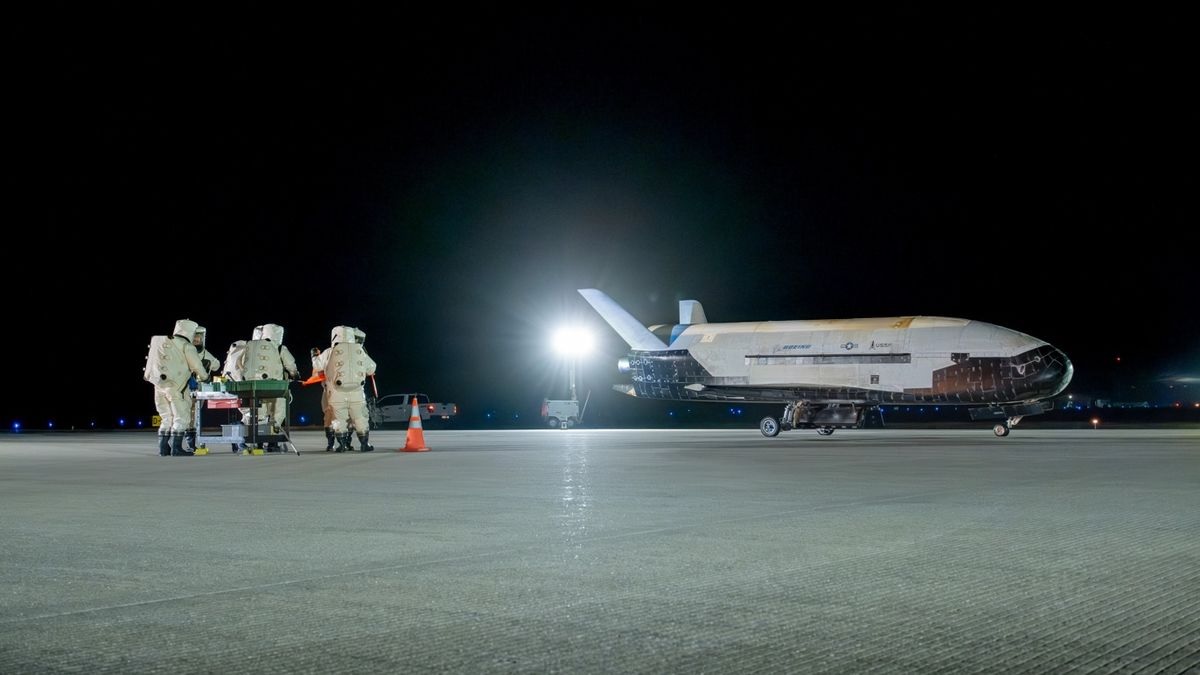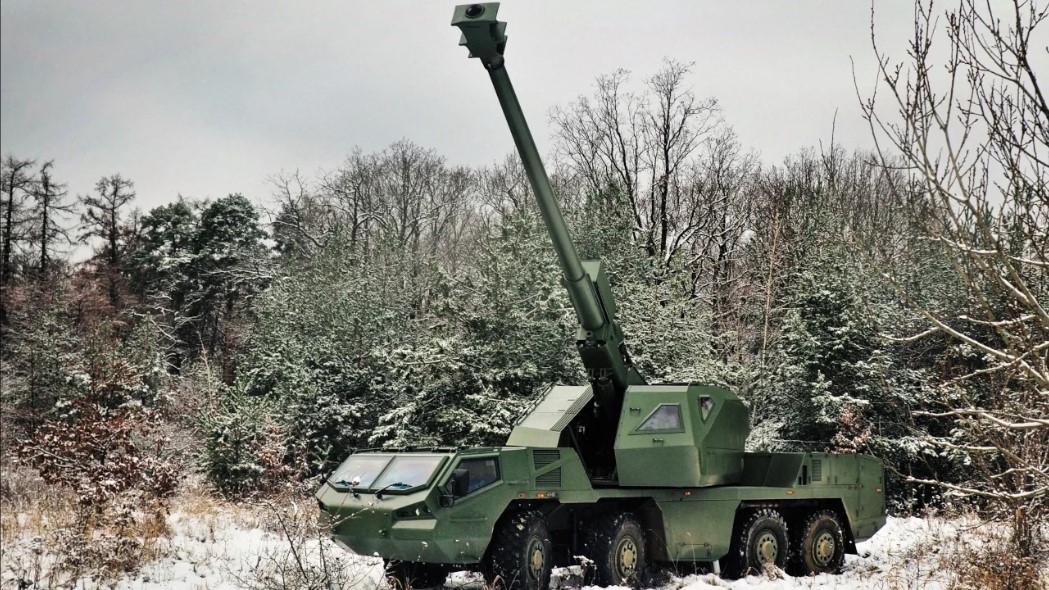China Completes New Commercial Launch Pad to Boost Access to Space

Space News ,China :- China has achieved a significant milestone in space exploration with the completion of the first launch pad at the Hainan Commercial Launch Site on December 29. This marks the initial step of a two-pad development, promising increased access to space for national and commercial purposes. The strategic location near the Wenchang spaceport in Hainan, surrounded by the South China Sea, positions it as a crucial hub for China space ambitions.
The completed Pad 1 is dedicated to the Long March 8, a cutting-edge kerolox medium-lift rocket developed by the China Aerospace Science and Technology Corp. (CASC). This advancement not only facilitates a smoother launch process but also serves as a pivotal move away from older hypergolic rockets, reducing concerns about debris falling in inhabited areas.
Anticipated to be operational in the first half of 2024, the new launch pad opens doors for diverse missions, including the Queqiao-2 lunar relay satellite launch – a prerequisite for the historic Chang e-6 lunar far side sample return mission.
China burgeoning launch rate, growing from 22 launches in 2016 to an impressive 67 in 2023, underscores the need for enhanced facilities. The completion of Hainan new launch pad is a strategic response to this demand, providing vital support for the ambitious "Guowang" constellation project.
CASC plans for a 13,000-satellite low Earth orbit broadband megaconstellation, colloquially referred to as China Starlink, further underscores the significance of the new launch pad. The mass production of Long March 8 rockets is intricately linked to the realization of this colossal satellite network.
Notably, a second commercial launch pad is under construction, slated for completion by May of this year. This pad will host the "XLV" rocket developed by CASC Shanghai Academy of Spaceflight Technology, offering versatility by accommodating 19 different launch vehicles.
The facilities at Hainan are expected to attract at least nine manufacturers, including CASC subsidiaries and commercial entities such as iSpace, CAS Space, and Deep Blue Aerospace. With the potential to launch several dozen or even over 100 satellites annually, the site strong launching capabilities are poised to lower costs, making satellite constellations more economically viable.
As China continues its strides in space exploration, the completion of the Hainan Commercial Launch Site first pad is a testament to the nation commitment to advancing its space capabilities, fostering innovation, and propelling itself to new heights in the global space arena.



